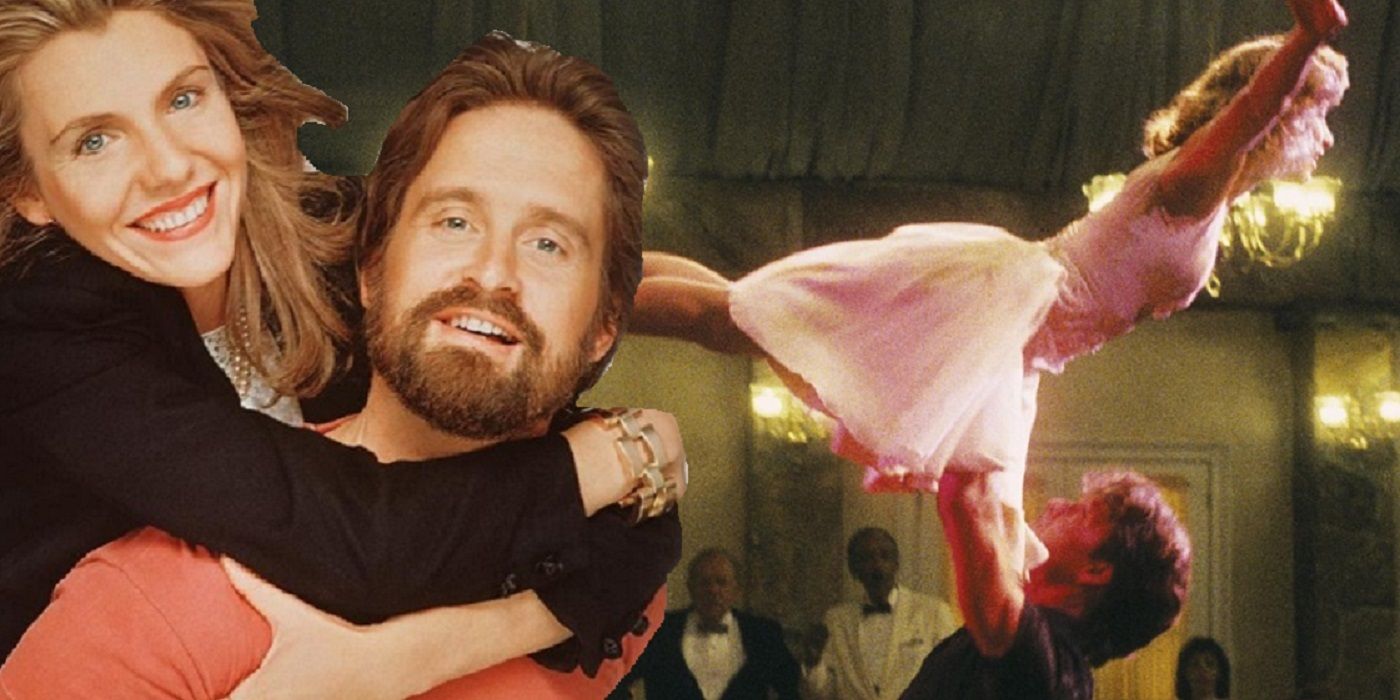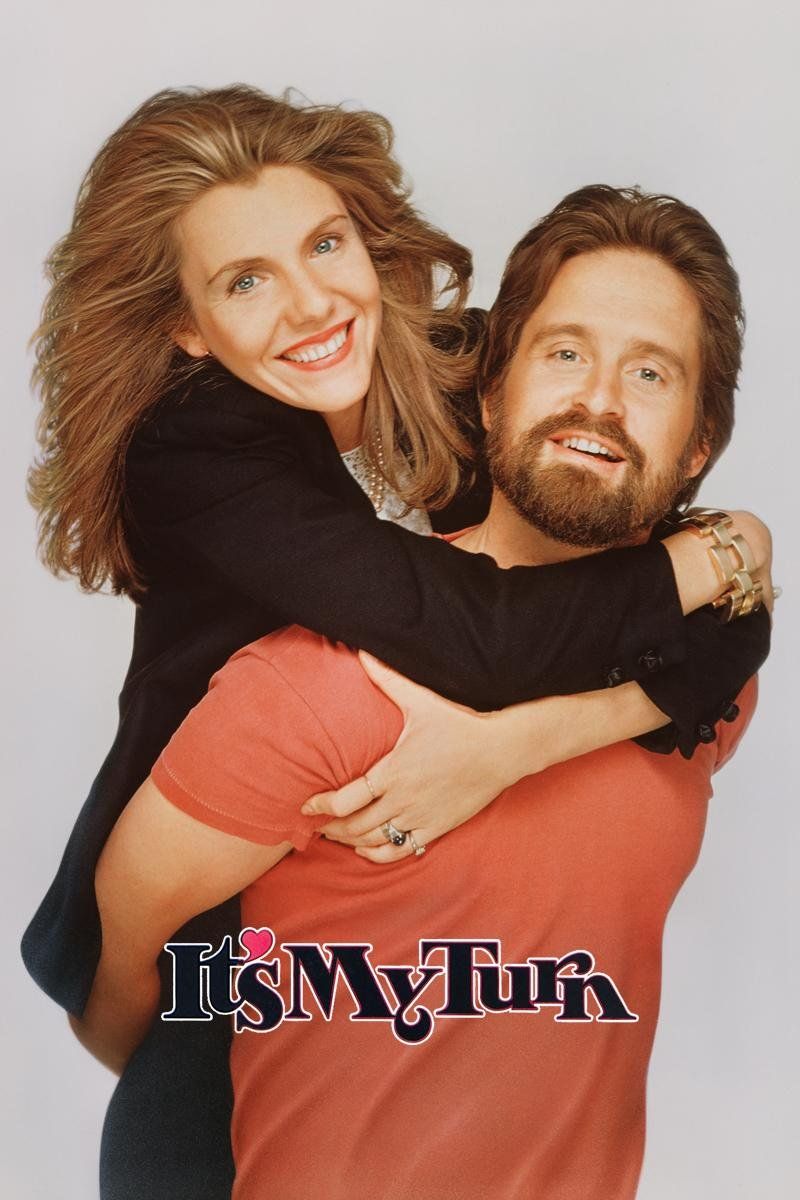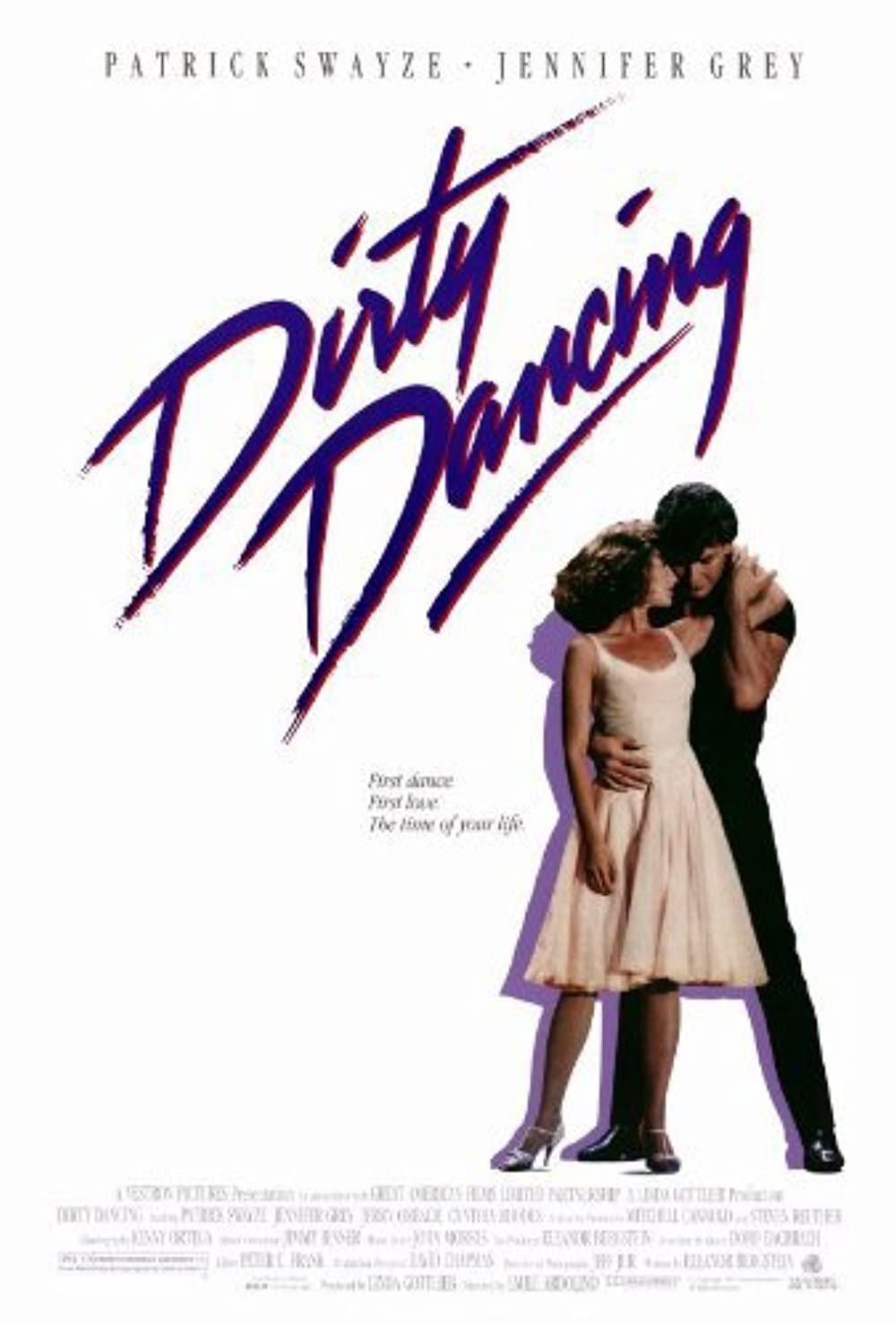MOVIE URBAN LEGEND: A scene cut from a mostly forgotten Michael Douglas romantic comedy/drama essentially led to Dirty Dancing.
In a relatively recent Movie Legends Revealed about Dirty Dancing (and how the producers of the film tried to remove the abortion plot line from the film because Proctor and Gamble wouldn't do a promotion for Clearasil unless it was removed), I noted that the film was very much a case of a surprise success. No one thought it was going to be a big hit, certainly not the producers (and even the cast doubted it). Thus, it was a very pleasant surprise for everyone involved when it became a word of mouth sensation. It opened better than expected, but it remained hot for months. It's true power, though, came from when it went on to VHS. Now, suddenly, all the kids who didn't necessarily watch the movie when it was in theaters (it was mostly driven by an adult audience rather than a teen one) were devouring it on video cassette.
For such a surprising success story, the background of the film's production was even more surprising, especially when the centerpiece of what became Dirty Dancing originated in, of all things, a sequence that was left on the editing room floor of a romantic comedy/drama that has been long since forgotten by most moviegoers.
WHAT WAS THE FIRST MOVIE WRITTEN BY THE WRITER OF DIRTY DANCING?
Simply put, the meat of the plot of Dirty Dancing came from the life of its creator, screenwriter Eleanor Bergstein, who grew up attending Grossinger's Catskill Resort Hotel in the Catskill Mountains in the Summer with her family (her father was a doctor) in the 1950s. Bergstein was an accomplished Mambo dancer when she was a teenager (one of the titles that Patrick Swayze thought that they should have called Dirty Dancing was inspired by Bergstein's life story, namely I Was a Teenage Mambo Queen). During college at the University of Pennsylvania, Bergstein made money by teaching dancing at the popular Arthur Murray dance studios.
As an adult, Bergstein wrote a novel, Advancing Paul Newman, which came out in 1973, and she then tried to make it as a screenwriter. She wrote an original screenplay that was turned into a film in 1980 called It's My Turn, starring Michael Douglas and Jill Clayburgh.
The film starred Clayburgh as a woman in a boring relationship in Chicago who comes to New York for a job interview and to attend her father's marriage. She ends up falling for the married son of her father's new wife, a former baseball player played by Douglas. They have an affair and in the end, Clayburgh's character is inspired to leave her boring boyfriend and perhaps take a new step forward in her life (she received a present from Douglas' character suggesting that perhaps their affair will continue).
The film was directed by Claudia Weill, who was hot off her acclaimed independent film, Girlfriends. At one point in the film, there was an erotic dance between the two main characters as part of foreplay. Bergstein's dancing past inspired the scene, and she would show dance moves to the crew between takes. However, there was a problem with the movie at the time and his name was Ray Stark.
WHAT HAPPENED TO THE DANCE SCENE IN IT'S MY TURN?
In a Vanity Fair article by Joy Press last year, Weill discussed how difficult it was to work with the veteran movie producer, Ray Stark, on It's My Turn, which is partially why it is the last feature film that Weill ever directed. She explained, “Ray Stark was a real bully, and so it was a difficult situation. He certainly knew how to totally undermine my authority. If you shot more than three takes as a woman, it was like, Oh, my gosh, she doesn’t know what she’s doing. But if Michael Cimino did 190 takes, he was a genius! There was just a very different way of looking at women and looking at men.” Stark also called out to the crew whether Weill was wearing a bra and ran his hand over her back to check.
More importantly, though (well, for the purposes of this legend), Stark had a second editor secretly working on the film and that editor did the official cut of the film and the dancing scene was removed from the final film. Weill has had a long career in TV and theater as a director, but she never returned to film, noting to be able to make it as a film director at the time, "You have to just want this more than anything, and be willing to do anything. I think there was part of me that just didn’t want to go back into that cesspool.”
Well, Bergstein went on with her life, but as she told Carrie Rickey of the Philadelphia Inquirer, "A few years later I was walking down the street and I ran into a crew member from It's My Turn. He said, 'I remember when you taught us all how to dirty-dance.'" It was the proverbial light bulb moment for Bergstein, she sat down with the music she grew up with and actually built the story around the songs (it is why, for such a low budget movie, there are a lot of classic songs in the movie, it was too important to the film to cut).
Bergstein shopped the script and received a deal to work on Dirty Dancing for MGM, but a change in management led to the script being dropped by the studio. Linda Gottlieb was the producer of the film and she and Bergstein continued to champion the script to many studios before ultimately getting a video company trying to break into feature films, Vestron, to bite by promising to cut the budget in half and the film was ultimately produced for under $5 million
The rest, as they say, was history.
The legend is...
STATUS: True.
Be sure to check out my archive of Movie Legends Revealed for more urban legends about the world of film.
Feel free (heck, I implore you!) to write in with your suggestions for future installments! My e-mail address is bcronin@legendsrevealed.com.



